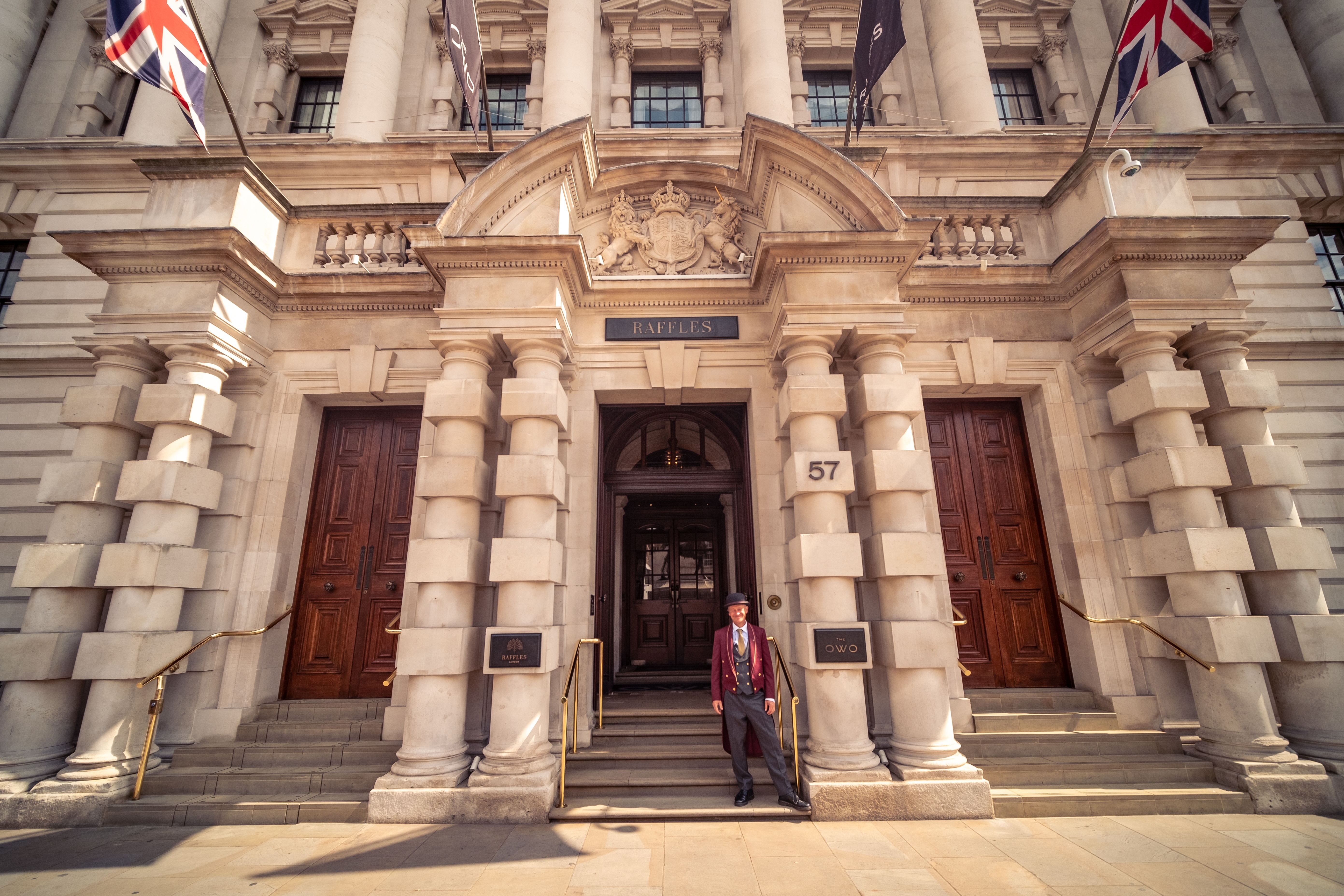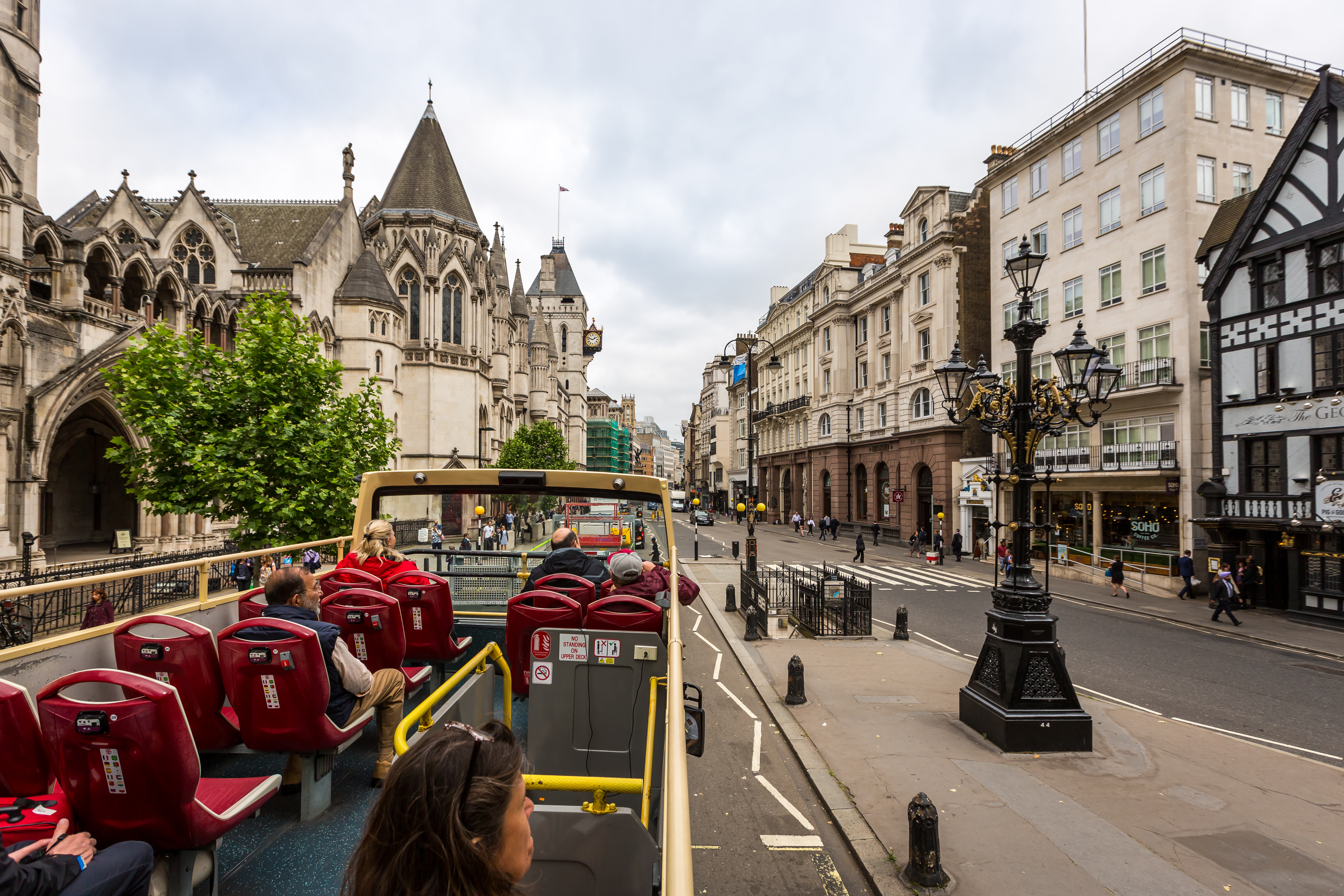The Magnificence of Lincoln Cathedral
Lincoln Cathedral is one of the most outstanding examples of gothic architecture in Europe and has a history that spans over 900 years. Construction on the cathedral began in 1072, at the request of Bishop Remigius, following the Norman Conquest of England. The structure was originally built in a Norman style and was consecrated in 1092. Remigius was a Norman bishop and a close associate of William the Conqueror, laying the groundwork for the cathedral as a seat of Norman authority in England. Remigius, however, did not live to see the cathedral completed; he died in 1092 just days before it was consecrated.

Ravaged by Fire
A terrible fire in 1141 and an earthquake in 1185 damaged the building, which meant it had to be significantly reconstructed. However, it was this reconstruction that marked the introduction of the Gothic style that the cathedral is so known for today. The reconstruction took place under the watchful eye of Bishop Hugh of Avalon, who was later canonised as St Hugh of Lincoln, patron saint of sick children, sick people, cobblers, and swans. During this period, the cathedral gained the choir, the eastern transept, and the famous Lincoln Imp, a stone carving that has become a symbol of the cathedral.
One of the most imposing parts of the cathedral is the central tower, which was completed in 1311. This briefly made Lincoln Cathedral the tallest building in the world—taller even than the Great Pyramid of Giza, at a height of approximately 525 feet or 160 metres. The spire was removed in the sixteenth century owing to structural concerns, but regardless, the cathedral remains an enormous and imposing figure in the landscape.
Lincoln Cathedral has also played a very important role in English history. The cathedral was one of the original locations for the Magna Carta—a charter written in the thirteenth century to protect barons, their rights, and their properties, from a tyrannical king—and one of the four surviving copies is housed nearby in Lincoln Castle. The cathedral has been a house of Christian worship for nearly one thousand years, and it remains the seat of the Bishop of Lincoln.
A Cathedral for Modern Times
Nowadays, Lincoln Cathedral is still a place of worship, but it is also a popular tourist destination, known for its wonderful architecture, its historical significance, and its beautiful location in the city of Lincoln.
Over the many years since the cathedral’s construction, it has been immortalised in many ways. Notably, the cathedral appears in Geoffrey Chaucer’s “The Prioress’s Tale” when Chaucer recounts a terrible tragedy that occurred in Lincoln when the body of a young boy was found down a well in the city after he had been missing for nearly a month. The boy became known as Little Saint Hugh and the cathedral benefited enormously from these awful events as Hugh became known as a martyr and people travelled from all over to worship at the cathedral and to venerate him.
Later, a carving in the Angel choir known as the Lincoln Imp became a symbol of the city when it was referenced in the nineteenth century Arnold Frost poem, “The Ballad of the Wind, the Devil and Lincoln Minster.”
In more recent years, the cathedral was used as a filming site in 2005 for The Da Vinci Code, where it served as a stand in for Westminster Abbey. Murals were painted over a special layer on the existing walls to make the cathedral look more like the abbey. The cathedral doubled again for Westminster Abbey for the filming of Young Victoria in 2007, and again in 2018 for the Netflix film The King. It was also one of the locations for the 2023 film, Napoleon.
Renovations and Reconstruction
Over the years, renovations and adjustments have taken place, as is necessary for such a very old building. In 2012, the North West Turret underwent reconstruction, and in 2015 the cathedral created new visitor facilities—a shop, café, toilets, and an Interpretation Centre.
Although they are currently undergoing renovations, the cathedral is also home to two very special historic libraries. In these enchanting spaces, visitors can view mediaeval manuscripts as well as some of the cathedral’s collection of books. The fifteenth century Medieval Library was built as a chained library, a library in which books are attached to the bookcase by a chain which allows the books to be taken and read but not removed from the library. This was usual in the Middle Ages as it would stop the library’s materials from being stolen, given that books were incredibly expensive during this period. The chained library at Lincoln Cathedral houses a wonderful collection of handwritten manuscripts, as well as a number of theological texts. However, they also have extra special treasures, such as Chaucer’s Canterbury Tales and the Thornton Manuscript, which was compiled and copied by fifteenth century scribe Robert Thornton. The manuscript contains poems such as the Alliterative Morte Arthure and Sir Perceval of Galles. The manuscript is written in a northern dialect and contains works which would otherwise be lost to time. The cathedral celebrated the 600th birthday of the Medieval Library in 2022.
The seventeenth century Wren Library is home to around half of the cathedral’s early printed books. The collection includes 120 “incunabula”—books printed before 1501. The books cover a range of subjects from history, geography, and travel, to science and nature, as well as several literary works.
Lincoln Cathedral is an epicentre of culture, history, architecture and literature. Within the cathedral it is possible to chart English history from the Norman conquest through to the present day in the structure of the building and the important texts it houses, and through the important clergy who have been involved in the running of the cathedral from its conception. With many exhibits open to the public, and with its wonderful Interpretation Centre, the cathedral is well worth a visit for all those with an interest in religion and English history.



